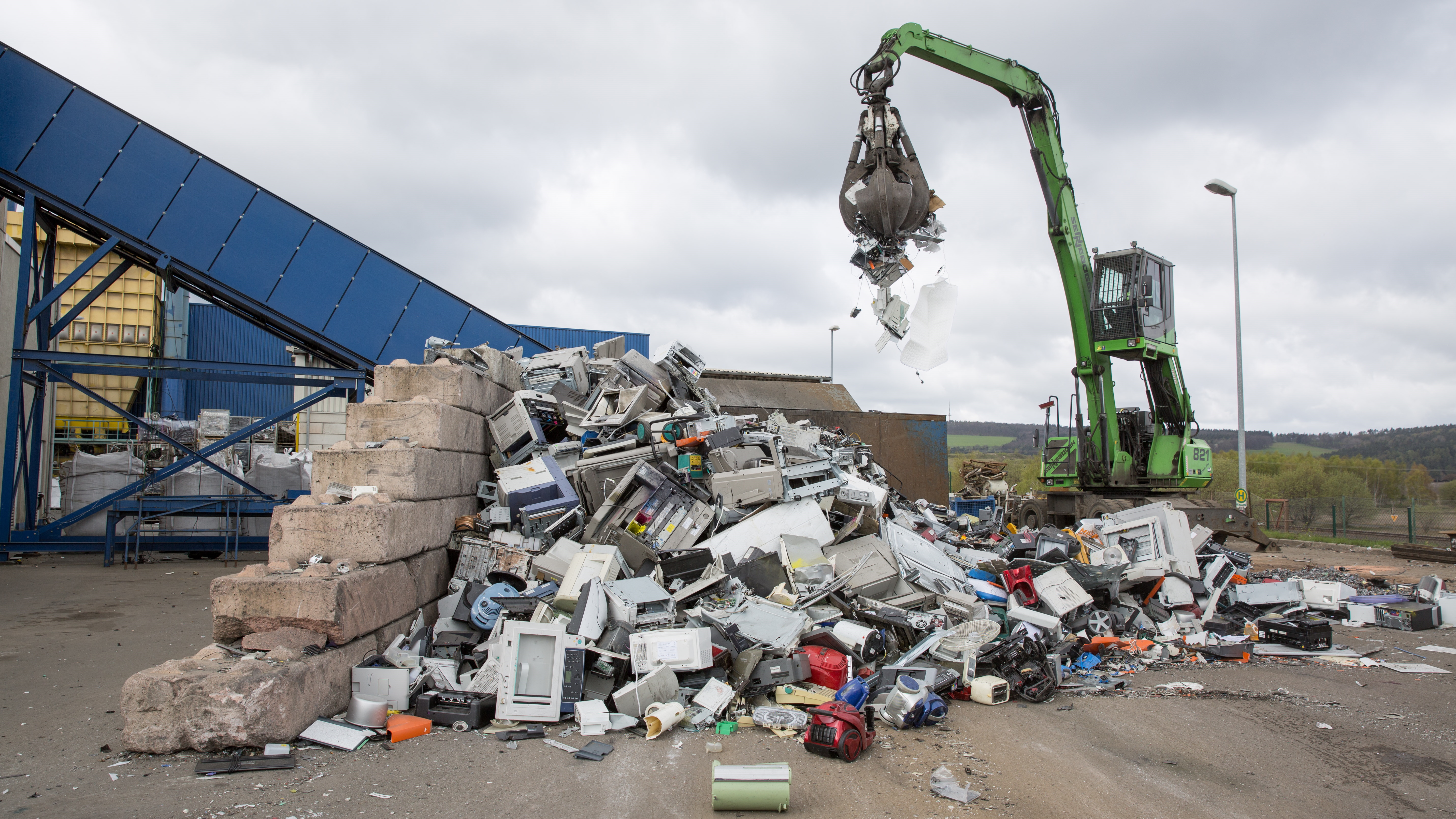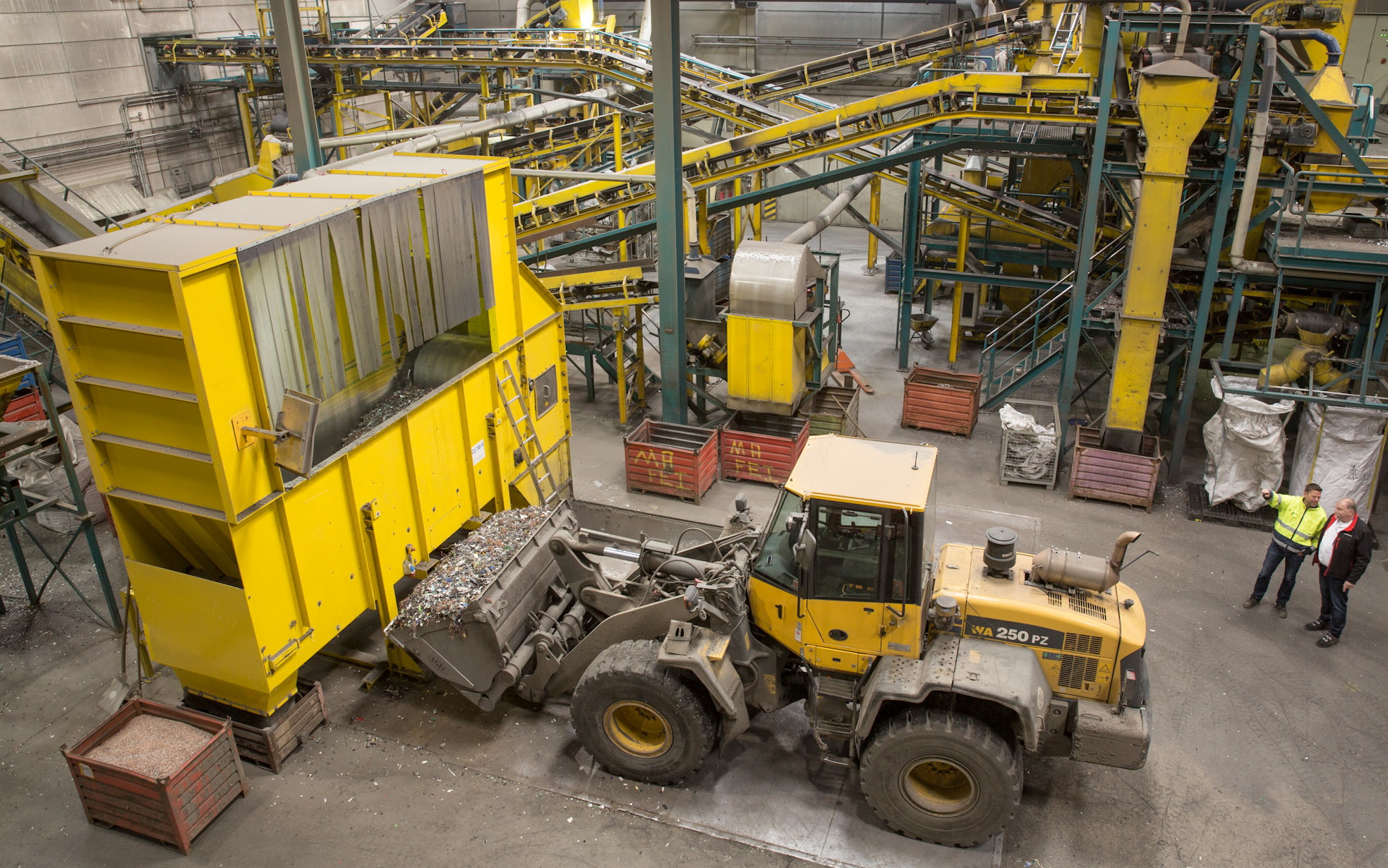

Hunting for Treasure
Electrocycling GmbH obtains valuable raw materials from electronic waste

Learn more

Hunting for Treasure
Large piles of electronic waste lie on the premises of Electrocycling GmbH in Goslar. The waste contains valuable raw materials. HANSA-FLEX is also helping to ensure that the recycling cycle does not come to a standstill.

A demolition giant in action
Plannerer Holding AG relies on cooperation with HANSA-FLEX to optimise the 30-metre excavator arm

Softly whisper the leaves
Collecting around 100,000 cubic metres of leaves from the city is one of the many tasks of Berlin's city cleaning service (BSR).

